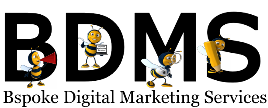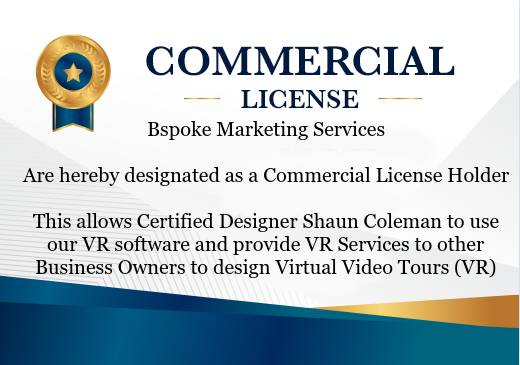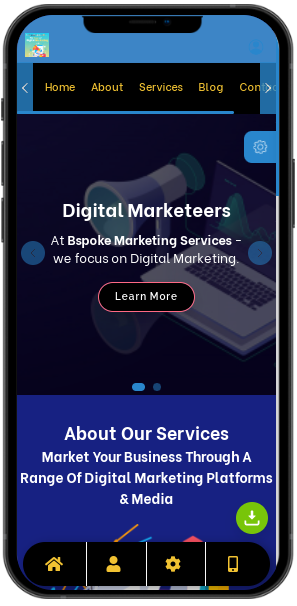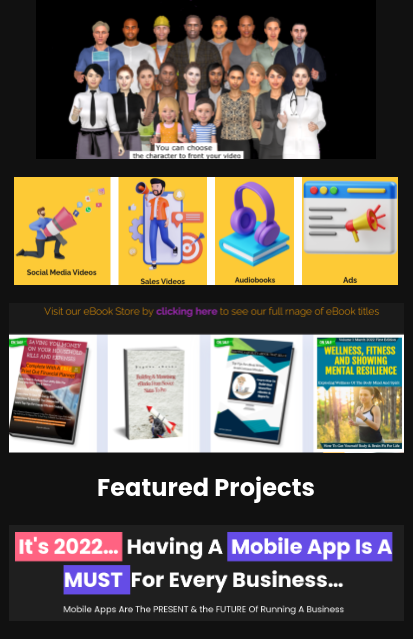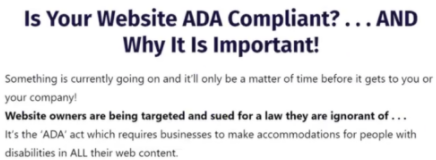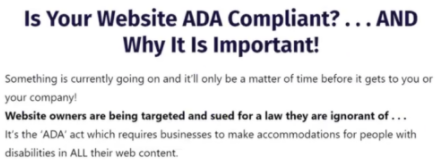
ChatBot technology is becoming increasingly popular in customer service, marketing, and healthcare. As more businesses adopt ChatBot technology, it is important to understand the best practices for implementing it.
By following these best practices, businesses can ensure that the ChatBot technology is used effectively and that customer experience is improved.
The first step in implementing ChatBot technology is to define the goals of the ChatBot. Are you looking to improve customer service, automate marketing processes, or provide healthcare advice?
Once the goals are established, you can then build a strategy for how the ChatBot will be used. This includes deciding how the ChatBot should be integrated into existing customer service processes and how the ChatBot should interact with customers.
The next step is to create a script for the ChatBot. This script should include the questions that the ChatBot is designed to answer and the responses it should provide. It is important to create a script that is easy to understand and that can be adjusted as customer needs change.
Once the script is created, the ChatBot should be tested to ensure it is functioning properly. This can include usability testing to ensure that customers can access the ChatBot and that it is providing the correct answers to their questions.
Finally, it is important to monitor the performance of the ChatBot. This includes tracking metrics such as customer satisfaction and usage data. This data can help you identify areas where the ChatBot may need to be improved and can be used to adjust the script as needed.
By following these best practices for implementing ChatBot technology, businesses can ensure that the ChatBot is used effectively and that customer experience is improved.
This can help businesses improve their customer service processes, automate marketing tasks, and provide better healthcare advice.
